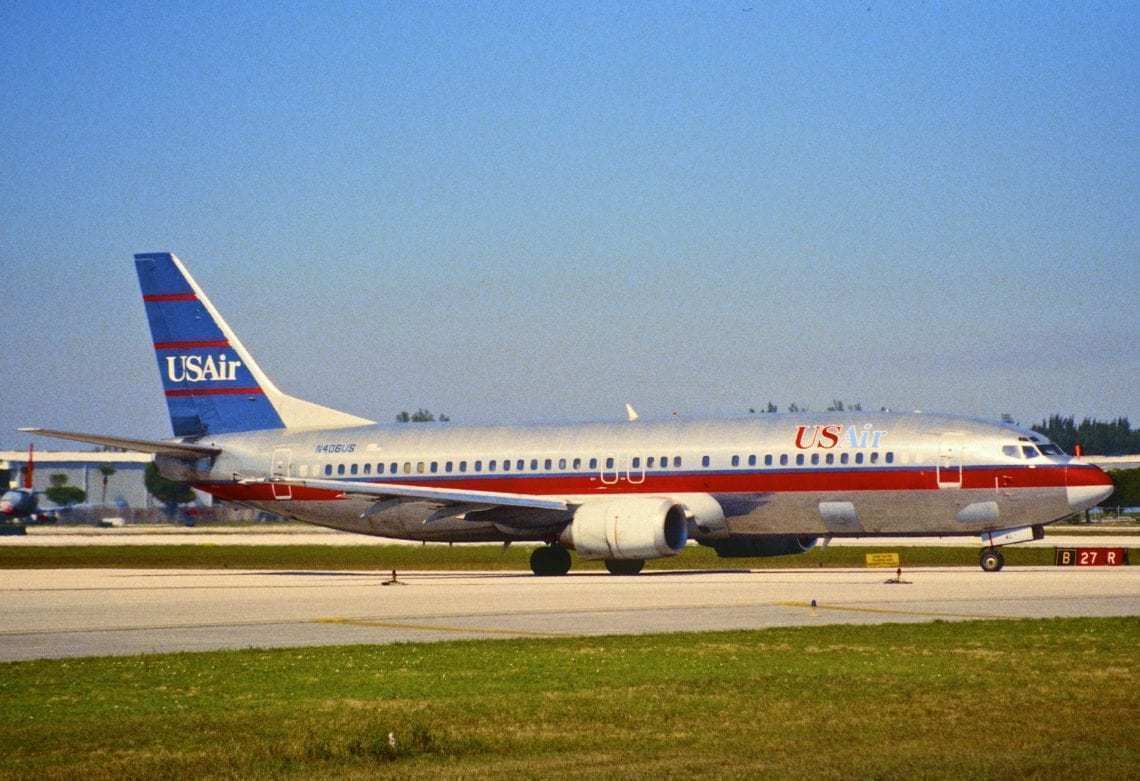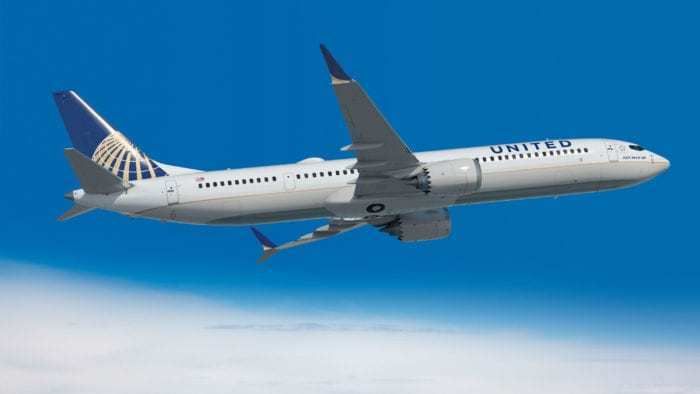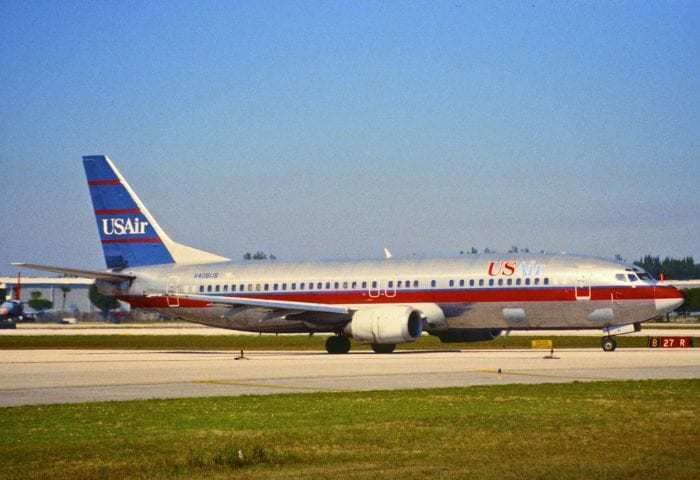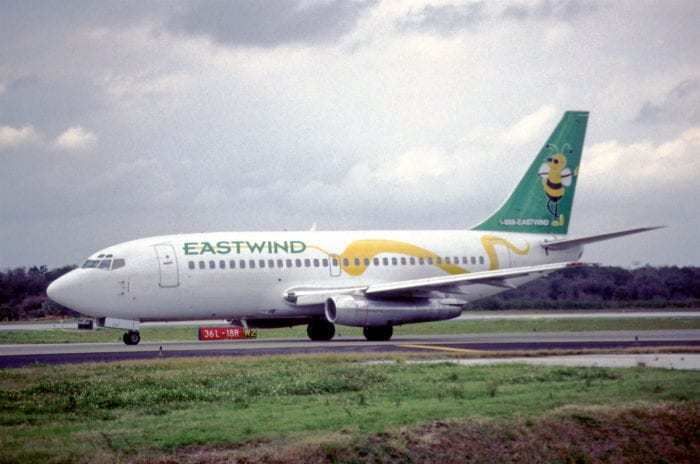The past 24 hours has seen many airlines ground Boeing's 737 MAX. This appears to be due to the similarities between the Lion Air Crash in October and the Ethiopian crash yesterday. While it is still far too early to conclusively tie the two incidents together, a large portion of the community appears to be following an abundance of caution.
While some believe there could be a design flaw with the Boeing 737 MAX, this wouldn't be the first time in the 737's history. In the 1990s, a design flaw with the 737's rudder servo saw several accidents and incidents. It took the NTSB three confirmed incidents before the cause was discovered. However, it is widely believed that other aircraft could also have been affected by the problem.
United Airlines 585
The issue first gained attention back in 1991 when a Boeing 737-200 was flying from Denver to Colorado Springs. The flight took place without incident until its final approach. Suddenly, the aircraft rolled to the right and pitched nose down before crashing less than four miles from the runway threshold. The episode was initially an embarrassment for the NTSB as the cause could not be determined. Sadly, there were 25 fatalities.
USAir Flight 427
Disaster struck again three years later in 1994, this time affecting a Boeing 737-300. The aircraft was flying from Chicago O'Hare to Pittsburgh. The aircraft was then due to continue on to West Palm Beach in Florida. However, on approach to Pittsburgh, the aircraft pitched nose down again, this time rolling to the left. This incident resulted in an appaling 132 fatalities. The FAA determined that the rudder had contributed to the accident, however, they were unable to tie this to pilot action due to primitive flight data recorders.
Eastwind Airlines Flight 517
In 1996, a third aircraft encountered a significant roll. Eastwind Airlines 517 was flying from Mercer County to Richmond. On approach to Richmond, the aircraft began to roll sharply to the right. The pilot managed to recover from the roll, however, it occurred again. The pilot again recovered, thanks in part to a higher airspeed than the previous occasions.
Conclusive Investigation
The NTSB tied the Eastwind incident to the United Airlines and USAir accidents. This time, however, the aircraft was intact, and they were able to interview the pilots. It was discovered that the rudder had jammed of its own accord, and as a result a multitude of tests were carried out.
Eventually, it was discovered that the cause of the issue was a thermal runaway. The rudder servers were being chilled by cold air in flight. Around the time of landing, the aircraft were experiencing turbulence, causing rudder inputs. This, in turn, caused hot fluid to enter the cold servos, resulting in a potentially dangerous jamming of the equipment.
Following the incidents, Boeing redesigned the rudder systems of the 737 and paid for the redesign to be retrofitted globally. While it was a costly remedy for Boeing, it no doubt prevented further accidents. It is yet to be seen whether the two 737 MAX incidents are indeed linked, however, Boeing might need to redesign a part of the aircraft again. Once the investigators have examined the black boxes we should know more. Simple Flying will keep you up to date with any developments.




